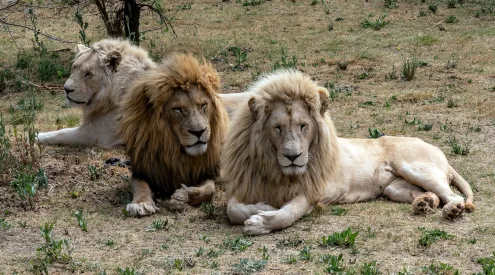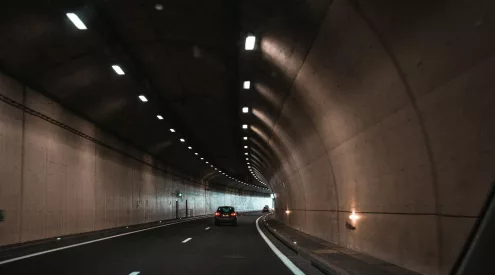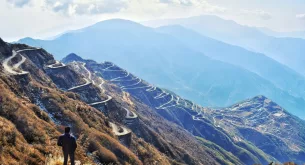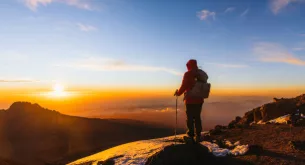Serious concerns have been raised around the implications of overtourism within the Kruger National Park. Following a string of unfortunate events within the Park’s boundaries, officials are considering new preventative rules.
The Park measures 19,485 km² and in addition to holding a special place in the hearts of many South Africans, this wildlife haven is a staple in most foreign visitors’ itineraries and an accessible escape for locals.
According to CNN Travel, the Kruger National Park received 1.8 million visitors in 2019. Toward the end of last year, there was a series of traffic-related problems.
Following an incident that killed a tourist and a giraffe, members of a social media group called for a ban on all taxis which sparked a controversial debate.
Also read: Giraffe falls onto safari vehicle
Some people have expressed concern that the popular Latest Sightings app contributes to overcrowding and traffic jams at sightings and that it encourages speeding within the park.
However, Latest Sightings has refuted this as it actively encourages visitors to abide by Park rules including speed limits. Latest Sightings publishes speed limits and SANPark’s rules in its various Whatsapp groups each morning as a reminder to users that speeding in the park is illegal and that people need to follow the rules of the park.
When people upload photos to the Latest Sightings Facebook page, sighting times are not recorded or published to prevent a sense of urgency among visitors. Users are given a choice whether they want to go to a particular area or not based on the congestion. ‘Latest Sightings, unfortunately, can not enforce the rules, as it doesn’t have the rights or the means to do so,’ said founder and CEO Nadav Ossendryver.
‘Over the years, we have found that the complaints about the overcrowding at sightings and speeding, appear in the media mostly during holiday seasons when the park is at its peak (Jun-July, Dec-Jan) with visitors. These complaints come predictably from the same group of people from the same social media groups. This peak time and congestion is no different to the times before social media and sightings-sharing. So, during holiday season, when there is a sighting of lions, for example, there will naturally be lots of cars, and therefore some people assume it is caused by apps. As far as we know, there is no research to prove the correlation between congestion/speeding and sighting reports,’ said Ossendryver.
There is a debate surrounding how apps and uploading images of endangered animals to social media could potentially encourage poaching. Latest Sightings does not allow users to upload images of rhinos but one can upload images of elephants, just without the location tag. While some images are uploaded in real-time, the signal in the park is scattered and often images are uploaded when visitors are back at their lodgings.
The app is beneficial in helping to alert officials to animal snares and other incidents.
‘In November 2019, Isaac Phaahla, at his request, met with Latest Sightings as he felt that the community can be a great asset since it gets many snare reports, and he wanted to formalize a system to act on said snare reports more efficiently to help the animals.’ said Ossendryver.
On a person’s personal Facebook, however, uploading a photo of any wild animal is allowed and if geo-tagging is not deactivated, anyone can see exactly where the photo was taken. This information can be accessed by poachers, leaving the animal extremely vulnerable.
The new rules that park officials are considering revolve around addressing the issues of mobile technology. These will take into account the potential role technology plays in overcrowding, negligent driving and making animals vulnerable to poaching.
Isaac Phaahla, Kruger National Park’s marketing and communications manager spoke to CNN Travel and said that authorities are mulling over a number of options. These include restricting access to certain apps. Officials are in talks with experts on how to move forward with these plans.
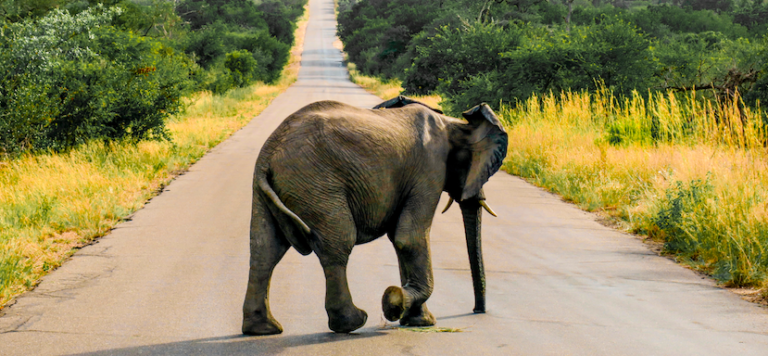
Image: Unsplash







